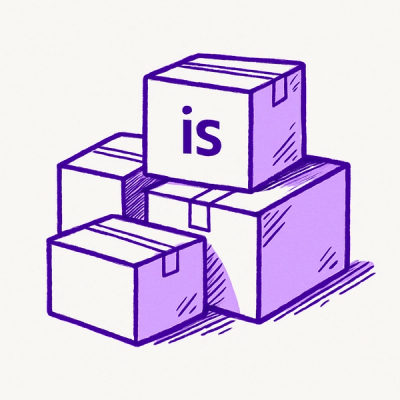
Research
/Security News
Toptal’s GitHub Organization Hijacked: 10 Malicious Packages Published
Threat actors hijacked Toptal’s GitHub org, publishing npm packages with malicious payloads that steal tokens and attempt to wipe victim systems.
A python library to interact with GraphQL APIs with no need of hardcoded strings.
This library acts as a mapper between python and GraphQL languages for GraphQL clients, allowing a code-first approach when calling a GraphQL API server. It translates GraphQL entities into python objects and viceversa in order to avoid working with massive "copy&paste"s.
This document contains a quick overview of the functionalities, for more details and options you can read here:
The package does not use any third-party libraries, it relies only on python 3 (3.10+) standard libraries.
Available in PyPI, the following command will install the library:
pip install py-graphql-mapper
To generate the code execute the following command:
pgmcodegen generate ./pathToOutputFolder -apiArgs ./<pathToArgsFile>/generatorArgs.json
This command requires a json file containing the parameters needed to get the GraphQL schema

A sample is available in the main folder 'cli_args.json'.
The following python files will be generated:
These links show code generated using the library Github GraphQL API, Rapid GraphQL API and GeoDBCities API
More command options are available here
Choose the query class you want to use from the generated file queries.py (or a mutation from mutations.py):
Instantiate it adding GraphQL arguments if needed:
from .output.gdbc.queries import currencies
my_currencies = currencies(last=7, before='MTE=')
or add them using the field args
my_currencies._args.last = 7
my_currencies._args.before = 'MTE='
Then call export_gql_source property to pass the payload to the HTTP request:
(example using requests library)
import requests
response = requests.request('POST', url='https://geodb-cities-graphql.p.rapidapi.com/',
json= { "query": my_currencies.export_gql_source },
headers={
"content-type": "application/json",
"X-RapidAPI-Key": '123402mmri02fni230iif32jr420',
"X-RapidAPI-Host": "geodb-cities-graphql.p.rapidapi.com"
}
)
More details on how to set a query here
Obtained the response from the GraphQL API the following code will map the received json payload into the python object
from pygqlmap.network import GQLResponse
gqlResponse = GQLResponse(response)
gqlResponse.map_gqldata_to_obj(myCurrenciesQuery.type)
print('Result object: ' + str(gqlResponse.result_obj))
The mapped response from the GraphQL server will be available within gqlResponse object: _gqlResponse.result_obj_
More details here
A suite of use cases here
FAQs
A python library to call GraphQL APIs without using hardcoded strings
We found that py-graphql-mapper demonstrated a healthy version release cadence and project activity because the last version was released less than a year ago. It has 1 open source maintainer collaborating on the project.
Did you know?

Socket for GitHub automatically highlights issues in each pull request and monitors the health of all your open source dependencies. Discover the contents of your packages and block harmful activity before you install or update your dependencies.

Research
/Security News
Threat actors hijacked Toptal’s GitHub org, publishing npm packages with malicious payloads that steal tokens and attempt to wipe victim systems.

Research
/Security News
Socket researchers investigate 4 malicious npm and PyPI packages with 56,000+ downloads that install surveillance malware.

Security News
The ongoing npm phishing campaign escalates as attackers hijack the popular 'is' package, embedding malware in multiple versions.